Description:
Every day we inhale hundreds of fungal spores but these in healthy individuals are efficiently eliminated by specialist immune cells called phagocytes which engulf and kill them. However, some human illnesses interfere with this defence mechanism, increasing susceptibility to fungal diseases.
A specialist lung tissue called the epithelium is the first line of contact between the inhaled spores and us, the host. We are working to understand how the lung epithelium interacts with the spores of a common mould called Aspergillus fumigatus.
We have generated fluorescent Aspergillus and combined this with fungal and host specific dyes to directly visulaise this interaction. We have discovered that epithelial cells ingest fungal spores and kill them.
This might provide a critical defence mechanism which is acting while we breathe, and before even phagocytes arrive at the site of the infection.
We are now trying to work out how epithelial cells grab and ingest fungal spores, by using fluorescent fungal mutants and targeted elimination of host proteins.
Once we understand this process in detail we can design new therapies to assist a quicker elimination of the dangerous fungal spores we all inhale on a daily basis.
Dr Margherita Bertuzzi works in Dr Elaine Bignell’s lab at the University of Manchester
Medical and Patient education videos
-
Title
Description
-

Woodrow Maitland tells of his personal experience of having aspergillosis. Like most people he had never heard of aspergillosis when he was finally diagnosed and treated at the National Aspergillosis Centre, Manchester, UK
-

A series of nasal endoscopies – before during and after surgery. Surgical endoscopy by Raphaella Migliavacca. A patient 12 years old with AML undergoes remission following chemotherapy (2 rounds), admitted several months later with high fever and neutropenia. Patient undergoes regime of antifungal therapy including fluconazole, AmpB and voriconazole. (see full case as powerpoint slides presented In Brazil In FocusVII Aug 2009 Raphaella Migliavacca.). Nasal endoscopy was performed both pre-operatively and surgery removed a fungal ball. Biopsy revealed suppurative acute inflammatory findings (middle turbinate) and angioinvasive fungal structures consistent with aspergillosis. Cultures revealed Aspergillus flavus. Eight weeks later another endoscopy post surgery revealed marked improvement and reduced inflammation. The patient was given 12 weeks voriconazole followinf the surgery, followed by 3rd chemotherapy. The patient had recovered and was in complete remission 4 months after the surgical endoscopy.
-

Pre-operative endoscopy by Raphaella Migliavacca.
-
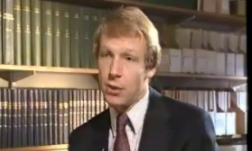
Produced by David Denning and described by Dr Rob Bissett. With kind permission of Gardiner-Caldwell, funded by Janssen-Cilag. Copyright Aspergillus Website.
-
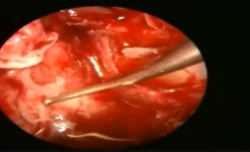
This patient had a small hole in the bone at the base of the skull. He underwent endoscopy through the nose which shows the defect in the skull through which the brain is visible (pulsating). Kindly provided by Hesham Saleh, Consultant Rhinologist, Charing Cross and Royal Brompton Hospital .
-
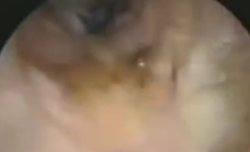
The Aspergillus Website maintains a collection of clinical videos published on Youtube. Click on the listing at the top to access all videos.
-
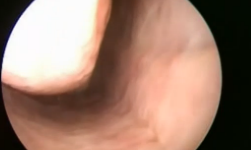
Kindly provided by Hesham Saleh, Consultant Rhinologist, Charing Cross and Royal Brompton Hospital
-
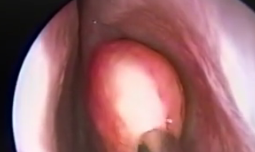
Removing fungal growth from the maxillary sinus via the use of an endoscope.
-

This video shows the removal of the fungal ball through the left nasal passage
-
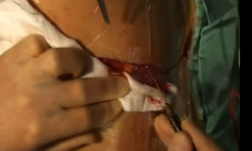
Produced by Dr Mark Jones and David Denning. Copyright Aspergillus Website.
